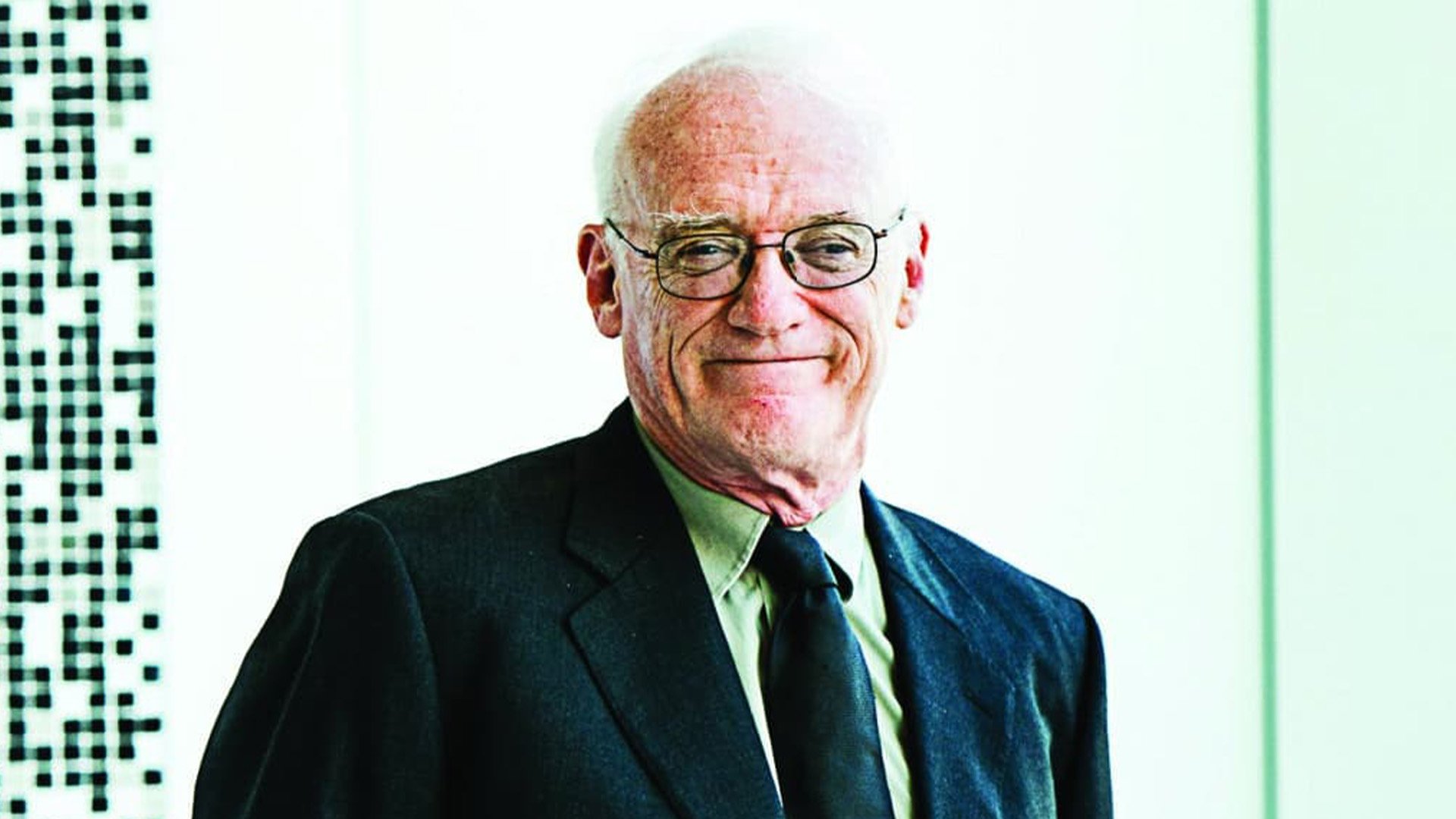Australian Mining: A safer tomorrow
Michael Quinlan, emeritus professor of industrial relations at the University of New South Wales. Image: AusIMM
AusIMM’s International Mine Health and Safety Conference will shine a light on what is arguably the most important aspect within the whole mining chain.
“If you’re not aware of the risk factors on a mine site, then they won’t be dealt with.”
That’s Michael Quinlan, emeritus professor of industrial relations at the University of New South Wales and a staunch believer that mine sites can always do more to help protect their employees.
Quinlan will be delivering a keynote speech at AusIMM’s International Mine Health and Safety Conference in Perth from April 15–17, and he’s looking forward to sharing his knowledge to help prevent future incidents.
“What I often see is that latent failures that have been sitting there for years are a big cause in mine accidents,” Quinlan told Australian Mining.
“There might be people who have walked past something amiss a number of times, thinking that because it’s still there it’s safe.
“But it only takes one spark for trouble to start.”
At AusIMM’s International Mine Health and Safety Conference (formally known as MineSafe), Quinlan will join mining professionals in discussing what it means to be truly safe on a mine.
Serving as a platform to discuss the latest developments, practices and solutions in mine health and safety, the conference will feature a line-up of industry-leading keynote speakers, panel discussions and a suite of technical presentations.
A particular topic of interest for Quinlan is that of contractors. As the mining sector diversifies, more contractors are being brought in to help the industry run, but this poses its own set of problems.
“For a site to be safe, you need people who know the workspace well,” Quinlan said. “No matter how experienced you are, if you don’t know a site like the back of your hand then you’re at greater risk.”
Quinlan’s passion for health and safety led him to write Ten pathways to death and disaster, a book now used across mine sites to educate employees about why accidents happen and what they can do to prevent them.
The book details the 10 pattern causes that repeatedly feature in mining incidents.
“I have been running safety climate surveys using Ten pathways since 2017 and it’s been useful to see where management and their employees sit in relation to that,” Quinlan said.
“If you’re looking at the mining industry globally, Australia is one of the safest places in the world to mine. But by focusing on the pathways outlined in the book, we can make more progress.”
And while many of the pathways like emergency response and maintenance failures are commonly known, there are a few that might surprise people.
“Safety refers to psychosocial safety, too, and poorly maintained equipment was the number-one cause of stress at a site I visited,” Quinlan said.
“It’s a cycle. If you’re stressed you won’t perform well, and if you don’t perform well you maximise the amount of effort you’re expending. You don’t want burnt-out and exhausted people running heavy machinery.”
While there is no catch-all solution to reaching zero fatalities in the mining industry, Quinlan hopes his presentation at AusIMM’s International Mine Health and Safety Conference will equip attendees with the resources they need to help prevent accidents.
“I would like to train everyone to recognise the risk factors associated with all levels of mining, from management to contractors,” he said.
“My ultimate goal is to encourage Australia to be a model for the rest of the world when it comes to mine safety.”
By Alexandra Eastwood
This feature appeared in the March 2024 issue of Australian Mining.


